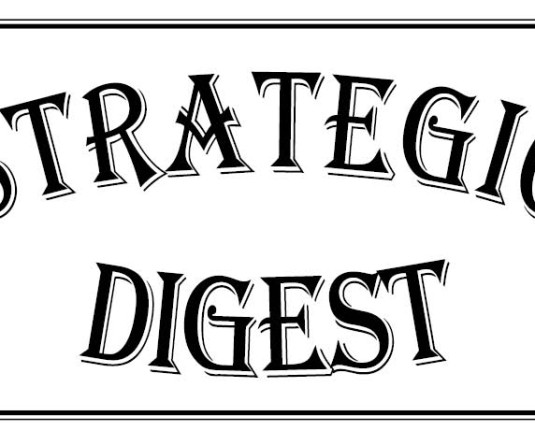
Jungtina Jamir
When I was young, as in very young, I used to wonder what made the ‘thud, boom, and thump’ sound in the music I listened to. No one told me that it was a drum making that sound. I never understood or saw a drum, but I liked the sound of it, used to call it ‘noise’ then, because it helped me to keep up with the tempo.
By the time I was 13 and blah blah…long story, and when I reached the 11th standard I could actually hold the stick and hit the drum. I can still see myself smiling and playing the bass drum all wrong. But then, that was the beginning for me. All things start small….you get better the harder you try and the longer you practice, the more you concentrate and believe in yourself. Cliché, but true.
Here are a few things I learned over a period of time. I hope you find it helpful and not just a void collection of words. One more thing thought, I am not a drummer, not even close to amateur if I must say, but then the craze in me is what’s letting me write this, and the hope that I’ll get better with time.
Rhythm is a state of mind. Your every moment is steeped in rhythmic processes. Your breathing, your pulse and heartbeat, your steps, the way you brush your teeth; all have a natural rhythm. Pay attention!! Be aware of natural rhythms as they occur; this is the first step. Awareness of rhythms can be practiced anywhere, any time. Even when you are chewing a gum. Rhythm isn’t a temporary activity; it’s a way of life. Find types of music you don’t normally listen to, and pay careful attention to the rhythms. Pick out the various parts, and see if you can repeat them to yourself.
Get a drum or assemble playing materials. Your choices here will depend much on your budget, your initial level of enthusiasm, and whom, if anyone, you’ve chosen as a teacher. You do not have to buy a drum right away. I still haven’t, you know! Basically zero budget . Sometimes it makes more sense to wait and do a little more research into the various possibilities. Don't worry if you don't have a teacher at first. Play at least a little every day. Use the time to connect with the joy of playing. Someone who can play well can give and help pick up tips and tricks. Meet potential teachers and playing buddies. Videos can give you a great deal to work on too.
One of the most common problems shared by drummers of all experience levels, from beginners through advanced, is the tendency to speed up when playing. I tried that you know, and I failed miserably. The best way to avoid this is to practice with a metronome (use a variety of tempos from slow to fast). If you don’t have a metronome, a keyboard is a good substitute. Just start/stop the beat button. Adjust the tempo and Voila…You have a metronome like instrument.
Next thing is, you gotta listen! That’s it. The Key to becoming a musical drummer!!! Listen to everything (not just the music you like to play). I am stuck with progressive metal, which I KNOW I can’t even play. But anyway, my point is, don’t be like me.Er!! Like it’s a point anyway?? In addition to practicing various exercises to build your technique, practice “listening” every day.
Maybe its worth mentioning that listening to the bass player is important so that you can both lay down a solid foundation for the beat. It’s also important to listen to what each member of your band is doing, (if you have one, or maybe you play as a guest for some other band) so that what you are playing doesn’t step on any of their toes. Eekk!!
Let’s face it, drumming is a physical sport. If you want to keep drumming well into your golden years, you’ve got to take care of your health – NOW ! Lighten up on the junk foods. Eat more fiber and vegetables. If you smoke, quit it! If you’re not already physically active other than playing drums, start an exercise routine and stick with it. Exercising can be as simple as taking a brisk walk, but you have to do something every day. As for me I spend around 10 hours in front of the computer everyday. How about that for exercise??:)
Simple tips: Play bass drum on 1 and 3 and snare drum on 2 and 4. That’s it! You can play about 90% of today’s Rock, Country, Pop, New wave, and Techno tunes using this basic pattern. Learn it well.
Wanna speed up? It’s simple. For maximum speed, try using less wrist and more fingers. The faster you play, the closer you should keep your sticks to the drumhead.
To achieve your dreams you gotta believe. Don’t ever give up! The bottom line is, you gotta be sincere, you gotta respect your passion and your dreams.. Just like everything in life!
And if you wanna know how I got to know all these stuff then maybe I’ll tell you that I learned it all from my teacher, Aka, and also from some other people who are simply remarkable. Thank you.
P.S: Sorry for the few technical terms used; they may be understood only by some.






